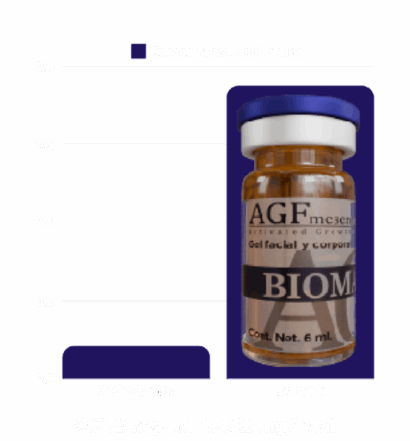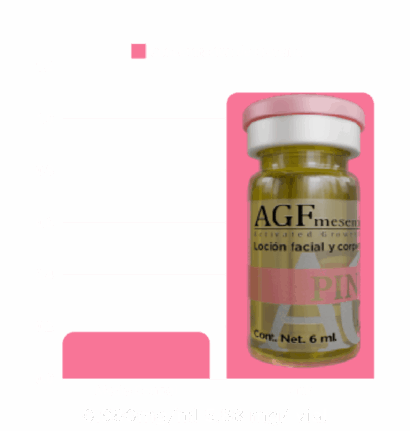
EXOSOMES
Human exosomes are biological vesicles capable of stimulating natural cell regeneration, tissue repair and collagen production. At AGF Mesenchymal we apply them as cutting-edge biotech actives to enhance aesthetic, dermatological and medical treatments—with visible, scientifically supported results.
Mesenchymal Stem Cells (MSCs)
Mesenchymal stem cells (MSCs) are adult multipotent cells able to differentiate into various lineages—chondrocytes (cartilage), osteocytes (bone), adipocytes, and more. They exhibit fibroblast-like morphology and powerful immunomodulatory and tissue-repair functions.
- Undifferentiated cells capable of becoming multiple tissue types..
- Possess immunomodulatory and tissue-repair properties..
- Low immunogenicity and chemoattractive abilities.
- Self-renewing with broad differentiation potential.
About Exosomes










-mRNA
-microRNA
Immune signals
-Growth factors
Sub Types
How Cargo Is Delivered
Information is transferred via:
- Phagocytosis
- Ligand–receptor interaction.
- Direct membrane fusion.
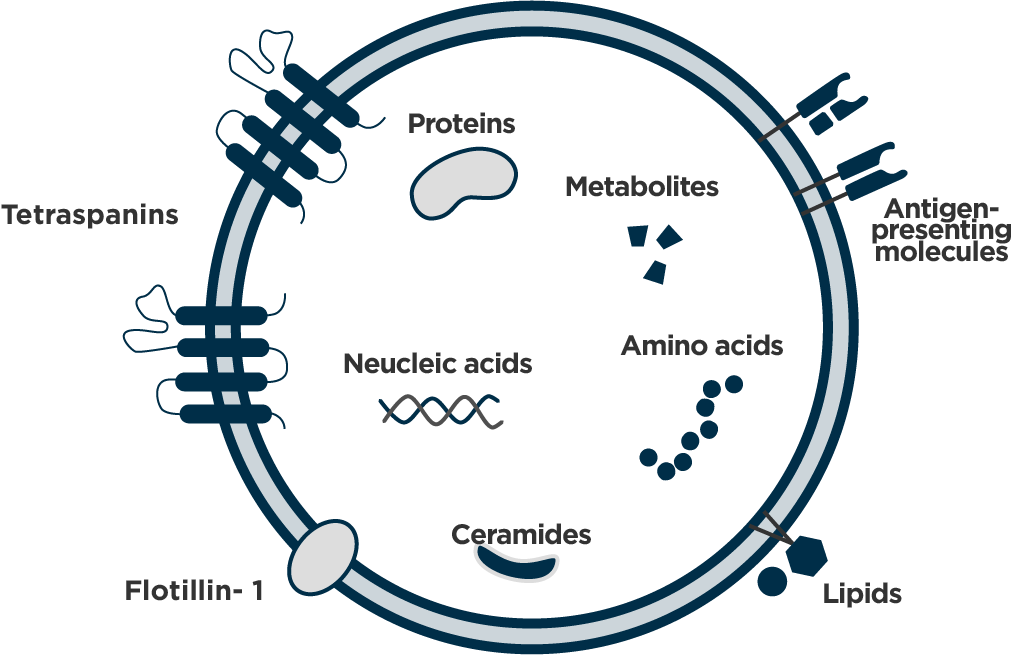
Human-Derived
Exosome Characteristics
Human origin ensures biocompatibility and minimal immune response.
Surface modification allows delivery to specific cell types.
Capable of carrying proteins, RNA, drugs, and other molecules..
More stable than many nanoparticles, preserving cargo over time..
Can traverse biological barriers such as the blood–brain barrier..
Used in cancer, neurodegenerative, and inflammatory disease treatments
Promotes tissue repair and regeneration of damaged areas..
Modulates immune system—applications in autoimmunity and transplant tolerance.
Can be engineered to meet individual patient needs.
Growth Factors
Also known as trophic factors, these primarily protein molecules collaborate with hormones and neurotransmitters to mediate intercellular communication.
Each growth factor has a specific message, target receptor and action.
They work synergistically—once secreted, they traverse the extracellular matrix to bind receptors on target cells, triggering precise biological responses.

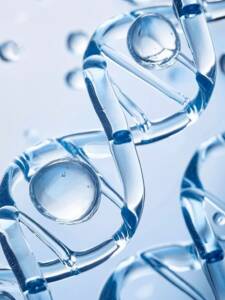
Literature Standards:
Therapeutic doses range from 10 million/mL up to 4 billion/mL.
